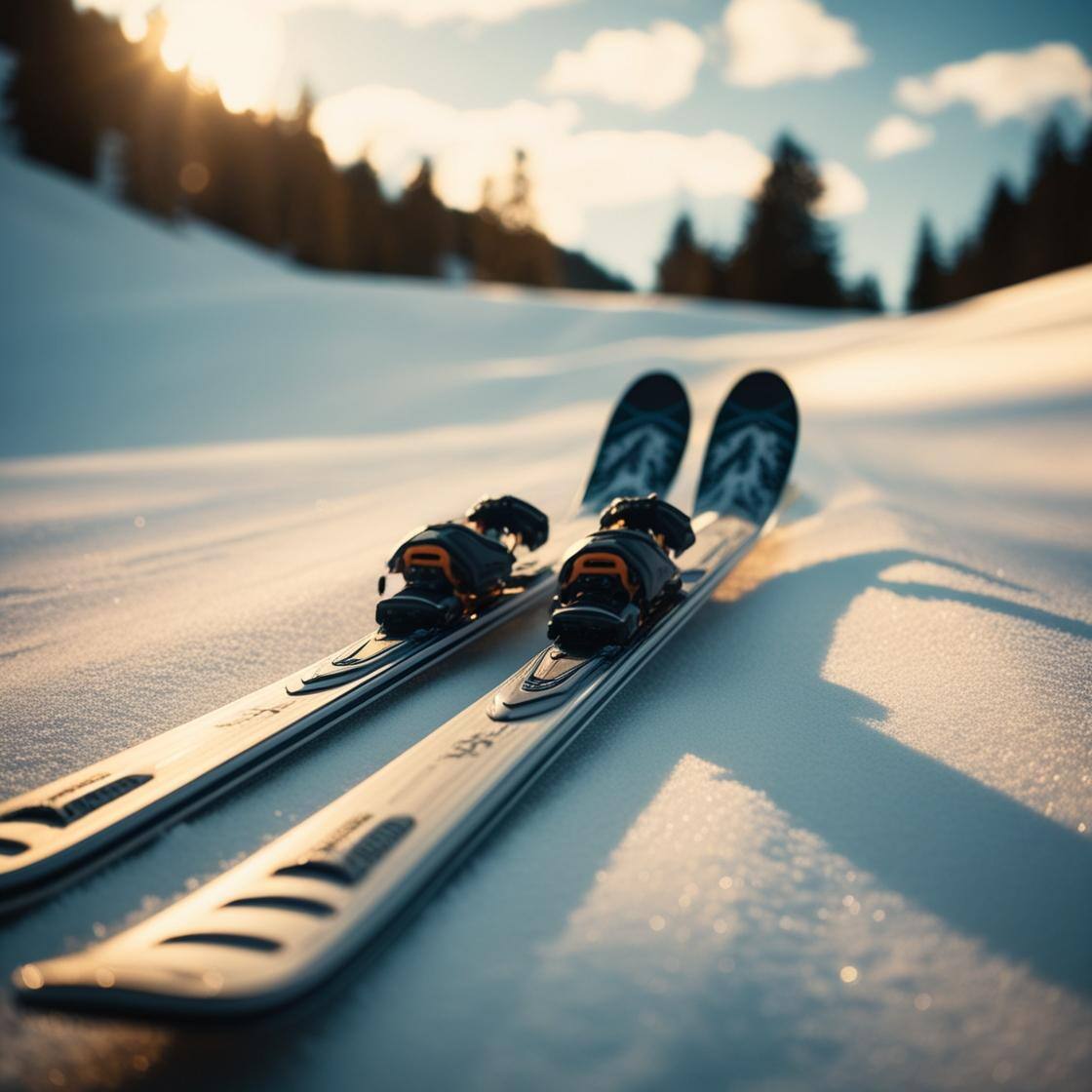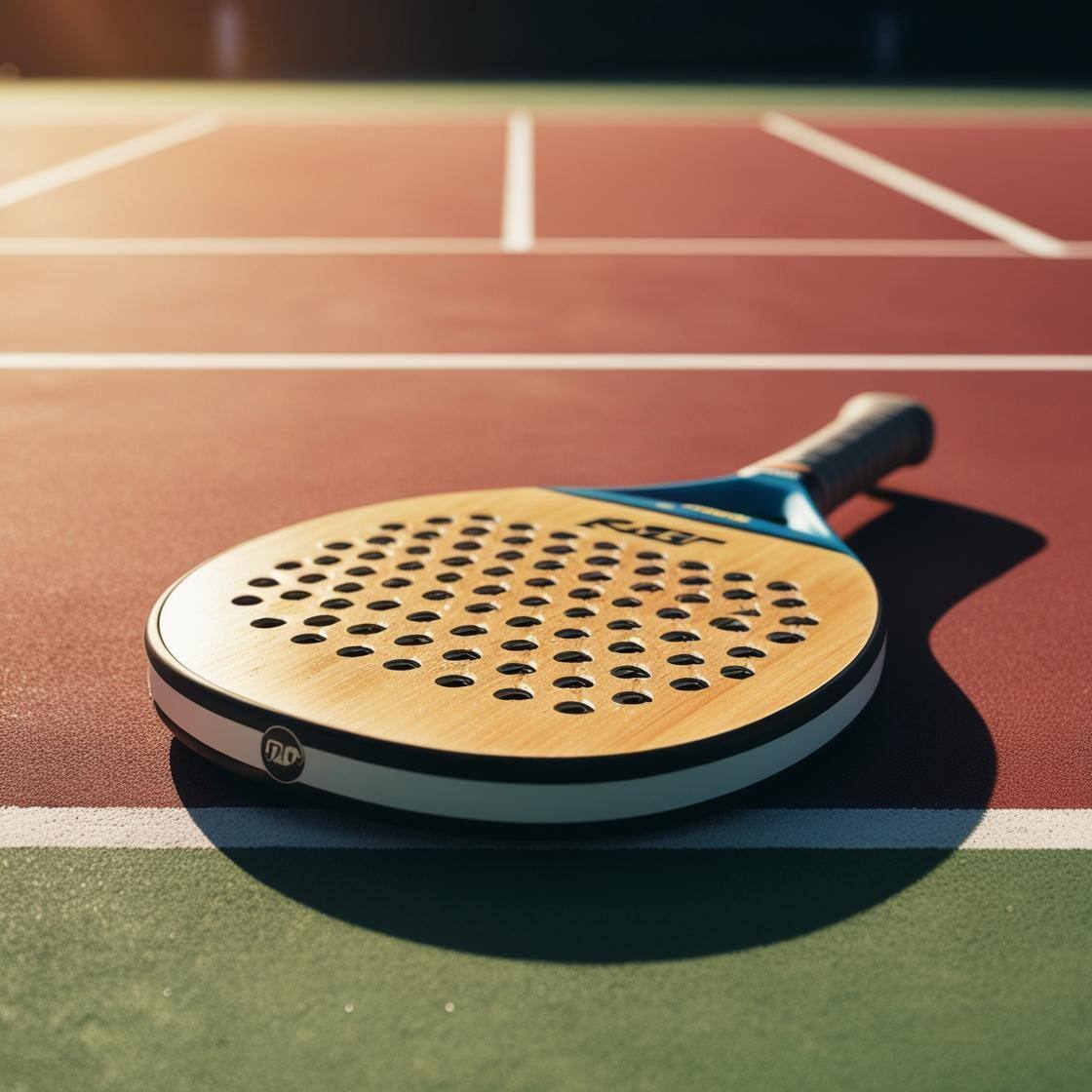6 min read
3D Printing and Nanotechnology
3D printing and nanotechnology are two fields of research and innovation that, at first glance, might appear worlds apart. The former focuses on...

The winter season is a truly magical time for all ski and snow sports enthusiasts. As the first snowfalls arrive, the slopes fill with skiers and snowboarders eager to put their skills to the test and enjoy the crisp mountain air. However, behind the fun and adrenaline, there often lies a long history of research, development and advanced technologies that continue to enhance the sporting experience. In this landscape, 3D printing is playing an increasingly central role, offering customised, durable and innovative solutions for both amateur and professional skiers alike.
In this article, we will explore the world of 3D-printed ski accessories, highlighting their advantages, possible applications, and the most suitable materials. Furthermore, we will discover how Weerg’s platform supports the development of bespoke projects, making it easier than ever to transform ideas into high-performance physical objects. We will delve into the design and manufacturing process, examining real-world examples and practical tips to make the most of what this technology has to offer.
La stampa 3D, detta anche fabbricazione additiva, ha rivoluzionato il mondo della produzione, consentendo la realizzazione di pezzi e componenti complessi in tempi rapidi e senza i costi tipici degli stampi o delle lavorazioni tradizionali. Questo approccio, in cui l’oggetto prende forma strato dopo strato, permette di:
3D-printed ski accessories range from small replacement parts to entirely new solutions designed with unique purposes in mind. Here are some examples:

Material selection is crucial to ensure that 3D-printed accessories can withstand the extreme conditions of skiing—low temperatures, impacts, torsion, and exposure to snow and ice. The most suitable materials include:
One of Weerg’s main advantages is its ease of use and guarantee of industrial-quality results. For those without access to a professional 3D printer or who prefer not to invest in expensive equipment, turning to a specialised service like Weerg is the ideal solution. Key benefits include:
One often-overlooked advantage of 3D printing is the ability to give ski accessories a completely unique aesthetic, going beyond mere functionality. Design can become a distinctive feature, whether for professional skiers seeking a recognisable setup or for enthusiasts looking to express their creativity. Here are some ways to personalise your components:
Logos and Engraved Markings
During the CAD modelling phase, it is possible to incorporate raised or engraved text and motifs, such as a name, team logo, or symbolic image. This feature makes it easier to identify components, particularly useful when equipment is shared among a group of skiers.
Surface Finishes
MJF technology typically produces parts with a slightly porous surface. Sandblasting can smooth the texture, remove residual material, and prepare the part for painting or additional treatments. Some materials, such as dyed Nylon PA12, offer colour finishes directly in post-production, ensuring a more vibrant and distinctive appearance.
Custom Paint
Once cleaned, the component can be painted and coloured for unique visual effects. If the object is subject to heavy wear, abrasion-resistant finishes or protective transparent coatings can be applied to maintain both appearance and integrity.
Thematic Colours and Accessories
Coordinating the colour of a ski and boot rack with skis or competition gear creates a seamless aesthetic. Thanks to 3D printing, small batches of accessories can be produced in different colour combinations without incurring high setup costs, allowing for low-risk design experimentation.
Material Combinations
For more complex projects, multiple materials can be combined—for example, a rigid glass-fibre-reinforced Nylon frame with flexible TPE inserts. This approach merges strength with comfort, producing an aesthetically refined yet high-performance product tailored to specific usage needs.

One of the most fascinating aspects of 3D printing is the ability to create advanced geometries that are topologically optimised based on stress distribution and load-bearing requirements. These design techniques, initially prevalent in the aerospace and automotive industries, are now making their way into winter sports. With simulation software, it is possible to:
For skiers, this results in lighter, precisely tailored accessories optimised to withstand even the most extreme conditions.
If you're considering designing your own ski accessory using 3D printing, here are some useful tips:
Another key advantage of 3D printing is its greater sustainability compared to many traditional manufacturing methods. Additive manufacturing uses only the exact amount of material needed to create the object, reducing waste and lowering CO₂ emissions associated with producing parts from semi-finished materials. This is particularly important at a time when environmental awareness and the need to protect our mountains are increasingly in focus.
Moreover, on-demand production eliminates the need for large stockpiles and the transportation of surplus goods. If an accessory is no longer needed, it simply isn’t produced. For those who love the mountains and want to help preserve them, this is yet another compelling reason to choose 3D printing as a sustainable solution.

The advancement of 3D printing and generative design software is paving the way for new concepts in skiing and snowboarding, featuring lightweight structures, integrated solutions, and increasingly personalised components. In the near future, we could see tips, tails, heels, and shell sections designed with optimised lattice geometries capable of absorbing vibrations and impacts.
Ski manufacturers are also beginning to explore the integration of 3D-printed components into their production processes, particularly in the rapid prototyping phase. This approach helps accelerate development cycles and enables more targeted testing of new ergonomic and design solutions.
In the meantime, individual consumers can already take full advantage of 3D printing through online services like Weerg, creating truly unique and tailor-made accessories.
Winter sports demand special attention to mechanical strength, ergonomics, and adaptability to extreme conditions. In this context, 3D printing is revolutionising the production of ski accessories, enabling levels of customisation and performance that were unimaginable just a few years ago. Whether it's a simple spacer to enhance ski alignment, an ergonomic grip to reduce hand fatigue, or a high-performance protective shell, 3D printing gives designers, athletes, and enthusiasts the freedom to develop innovative, reliable, and personalised solutions. In this evolving landscape, Weerg stands out as the ideal partner, offering a professional, high-quality, and accessible service. With easy file upload, instant quotations, and expert support, anyone can transform an idea into a real, test-ready ski accessory.
This synergy between technology, design, and winter sports hints at a future where skiing experiences will be more personalised and smart, with custom-fit, intelligent components designed to enhance not only performance but also safety and comfort on the slopes. So, whether you’re a professional striving for the next milestone or a beginner eager to enjoy your first runs, the message is clear: embrace innovation. Use 3D printing to design and create your perfect accessory, and make your next skiing adventure truly one of a kind!

6 min read
3D printing and nanotechnology are two fields of research and innovation that, at first glance, might appear worlds apart. The former focuses on...

6 min read
Padel has seen exponential growth in Italy and worldwide in recent years. A glance at sports clubs in major cities and smaller towns alike reveals an...

6 min read
The game of chess boasts a history spanning millennia, seamlessly merging art, strategy, and culture into a singular experience that has captivated...